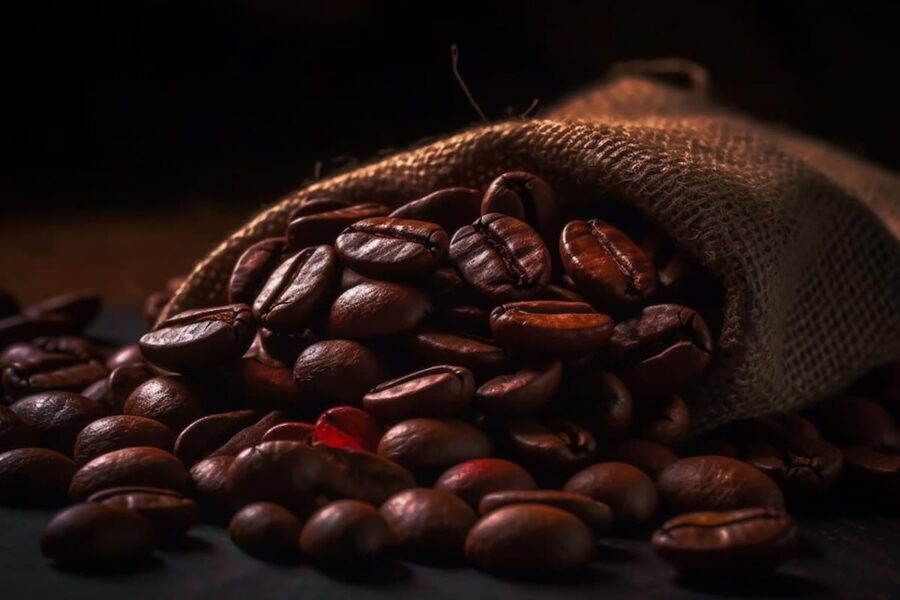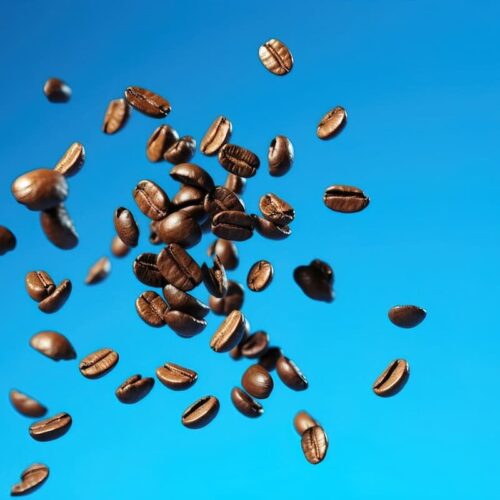Coffee roasting is one of the most transformative steps in the journey from bean to cup.
It is where raw green beans are turned into the aromatic and flavorful coffee we all enjoy.
Roasting combines science, precision, and creativity to bring out the best in each coffee variety.
Every decision made during the roasting process affects the final cup profile.
From temperature and airflow to development time and roast curves, each element plays a role in defining the coffee’s taste, aroma, and body.
This article explores roasting techniques, equipment tips, quality control practices, and the mindset required to become an exceptional coffee roaster.
Understanding the Coffee Roasting Process
The coffee roasting process is broken into several key stages: drying, browning, first crack, and second crack.
During the drying stage, moisture is evaporated from the beans in preparation for further chemical reactions.
As the beans enter the browning phase, the Maillard reaction begins, producing hundreds of aroma and flavor compounds.
The first crack marks the moment when internal pressure causes the beans to expand and crack audibly.
After this, the coffee enters the development stage, where flavors are shaped and the roast profile is finalized.
The second crack indicates a darker roast, often accompanied by more roast-driven flavors like carbon, smoke, and bittersweet chocolate.
Experimenting with Roasting Profiles
A roasting profile refers to the specific combination of time, temperature, and airflow used to roast a batch of coffee.
Each profile produces a different flavor result depending on how it is applied to a specific coffee origin and variety.
Experimenting with profiles helps roasters find the sweet spot for each bean, maximizing sweetness, acidity, and balance.
Profile logging software is essential to record temperature curves and make accurate adjustments in future roasts.
Profiling is both technical and sensory, requiring data collection and careful cupping evaluation.
Tips for Roasting Light, Medium, and Dark
Light roasts are ideal for showcasing the origin characteristics of high-quality beans.
They require precise heat application to maintain clarity and avoid underdevelopment.
Medium roasts offer balance and are often preferred for everyday drinking due to their rounded sweetness and medium body.
Dark roasts emphasize the roast profile over the origin, appealing to those who enjoy bold, intense flavors.
Controlling roast development time is crucial in all three styles to avoid baked or scorched notes.
Mastering Quality Control
Consistency is a hallmark of excellent coffee roasting.
Quality control protocols ensure that each roast meets the same high standards regardless of the batch size or bean origin.
Cupping is the most important tool in assessing roast quality, helping identify defects and flavor potential.
Moisture analysis, color measurement, and bean density tests also support accuracy and repeatability.
Blind tastings and team feedback help prevent bias and encourage continuous improvement.
Equipment and Maintenance
The choice of roaster equipment influences every aspect of the roasting process.
Factors such as drum material, airflow control, burner type, and temperature probes affect heat transfer and precision.
Routine maintenance is critical to ensure clean airflow, even heating, and safe operation.
Roasters should regularly inspect chaff collectors, clean sensors, and calibrate software interfaces.
A well-maintained roaster ensures better consistency and extends the lifespan of the machine.
Small-Batch Roasting: Precision and Flexibility
Small-batch roasting allows greater control over the roast and facilitates experimentation.
This method is ideal for specialty coffee because it enables roasters to fine-tune each profile.
It also allows for testing limited lots, rare microlots, and single-origin beans with more attention to detail.
Smaller batches respond faster to changes in temperature, requiring skill and focus to maintain control.
Many boutique roasters use small-batch systems to build brand identity through quality and uniqueness.
The Role of Sensory Development
Roasting is not only about temperature curves and time management—it is about flavor interpretation.
Sensory training helps roasters understand how chemical changes in beans relate to specific taste attributes.
Identifying acidity, body, sweetness, and aftertaste allows roasters to refine profiles based on their flavor goals.
Learning to taste roast defects like tipping, scorching, and underdevelopment is key to quality assessment.
Sensory development takes practice, discipline, and continuous exposure to diverse coffees and roast levels.
Green Bean Selection and Roasting Compatibility
The roasting process starts with the green bean selection.
Different origins and processing methods respond uniquely to heat, and the roaster must adjust accordingly.
High-density beans grown at elevation may require higher initial heat to penetrate the bean structure.
Washed beans often have more clarity and acidity, while natural-processed beans can exhibit greater fruitiness and body.
Roasters must match their technique to the bean to avoid underdeveloped or overroasted cups.
Sustainability in Coffee Roasting
Modern coffee roasting must consider its environmental impact.
Energy-efficient equipment, lower-emission burners, and airflow optimization can reduce carbon output.
Using compostable packaging and reducing waste from test batches helps minimize ecological footprint.
Supporting direct trade relationships and traceable sourcing also contributes to ethical and sustainable practices.
Educating consumers about these efforts builds trust and adds value to the brand.
Building a Roasting Philosophy
Every great roaster develops a personal philosophy around their craft.
This philosophy may be rooted in highlighting terroir, exploring sweetness, or experimenting with new methods.
It shapes how profiles are built, how beans are selected, and how quality is defined.
Having a clear vision helps guide decision-making and builds consistency across products.
Roasting philosophy is a blend of purpose, values, and creativity that evolves over time.
Conclusion
Coffee roasting is a discipline that blends science, sensory awareness, and passion.
From the choice of green beans to the final profile, each decision made by the roaster impacts the cup experience.
Mastering techniques, investing in equipment, focusing on sustainability, and nurturing a personal philosophy are the keys to success.
Great roasters never stop learning, tasting, and refining their process.
In every batch they roast, they seek not just consistency—but excellence.
Through this pursuit, they elevate coffee from a beverage to an experience worth remembering.



